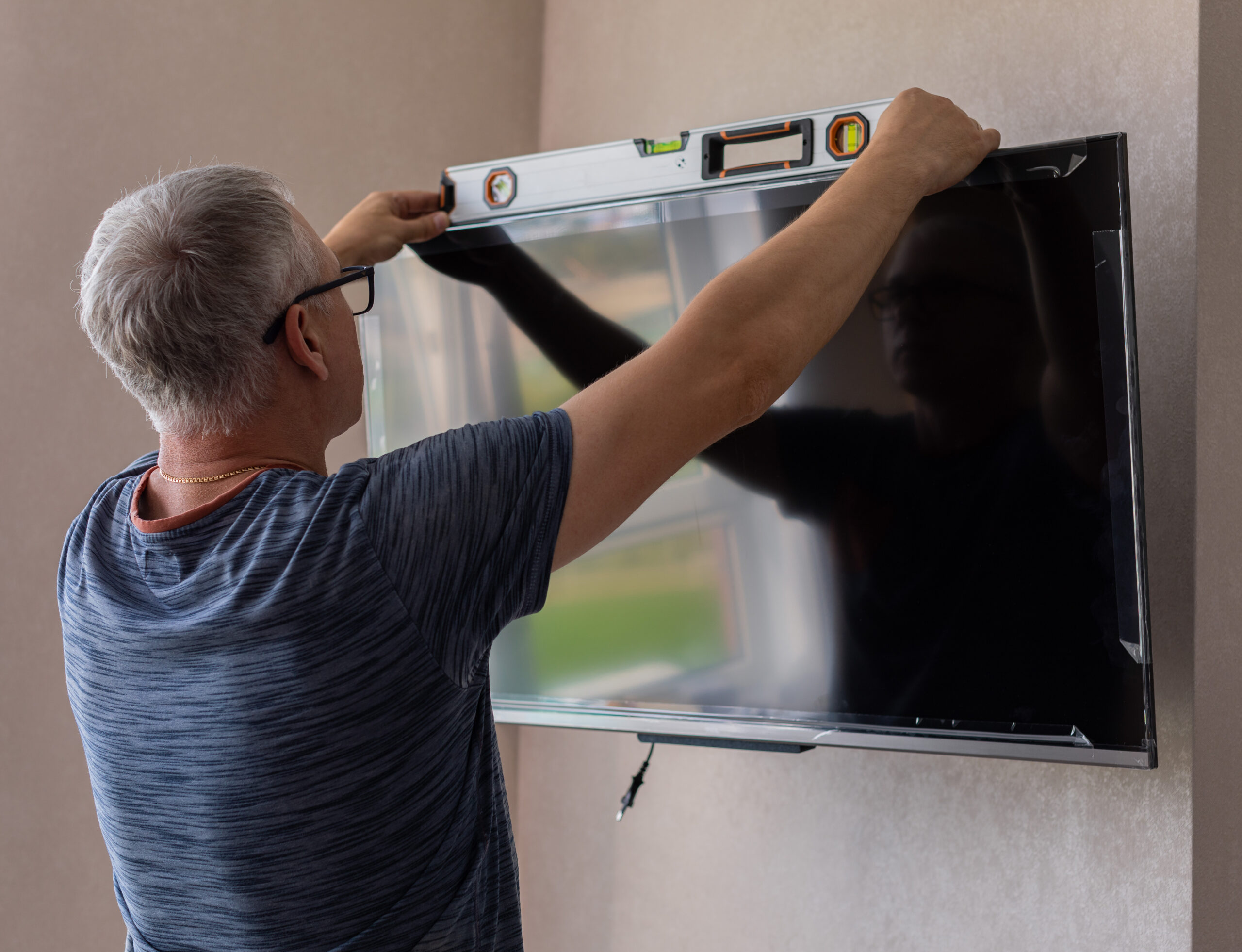A TV screen is one of the most important parts of a television set. Measuring it accurately can be crucial for buying a new TV or replacing an old one. However, many people find it difficult to measure their TV screen accurately. In this blog post, we will provide you with a comprehensive guide on how to measure your TV screen accurately, so you can make the right purchasing decision.
5 Easy Steps How To Measure TV Screen
Step 1: Measure the Diagonal Screen Size
The diagonal screen size is the most important measurement for a TV screen. To measure it, start from one corner of the screen and measure diagonally to the opposite corner. Use a measuring tape and ensure it is parallel to the screen for an accurate measurement. Note down the measurement in inches.
Step 2: Measure the Height and Width of the Screen
If you want to know the height and width of your TV screen, measure them individually. Use the measuring tape to measure the height from the top of the screen to the bottom. Then measure the width from the left side of the screen to the right. Note down the measurements in inches.

Step 3: Measure the Aspect Ratio
The aspect ratio is the ratio of the width to the height of the screen. To measure the aspect ratio of your TV screen, divide the width by the height. If the result is 16:9, then your TV has a widescreen aspect ratio, which is the standard for most TVs today. However, some older TVs have a 4:3 aspect ratio.
Step 4: Measure the Screen Resolution
The screen resolution is the number of pixels in the width and height of the screen. To find the resolution of your TV screen, you can check the TV specifications or search for the model online. For example, if your TV has a resolution of 1920×1080, it means the screen has 1920 pixels in width and 1080 pixels in height.
Step 5: Measure the Screen Bezel
The screen bezel is the frame around the TV screen. To measure it, start from the outer edge of the screen and measure to the edge of the bezel. Note down the measurement in inches.
Why It Is Important To Know TV Screen Measurement
Knowing the right TV screen measurement is important for several reasons. Firstly, it ensures that you get a TV that fits perfectly in the room where you plan to use it. If the TV screen is too small, you might strain your eyes to see the details, and if it’s too large, it might not fit comfortably in the room or cause eye strain due to excessive brightness.
Secondly, knowing the right TV screen measurement helps you to select the right TV resolution. For example, a TV with a large screen size but a low resolution might look pixelated or blurry, while a TV with a smaller screen size but a higher resolution can display sharper and clearer images.
Thirdly, knowing the TV screen measurement is important when comparing different TV models. TV manufacturers often use the diagonal screen size to describe the TV’s size, and this measurement can vary slightly between models. By knowing the exact measurement of the TV screen, you can compare the size of different models more accurately.
Finally, knowing the right TV screen measurement can help you plan for the placement of the TV in the room. For example, if you plan to mount the TV on the wall, you need to ensure that the TV’s size and weight are compatible with the wall mount.
Knowing the right TV screen measurement is crucial for selecting the right TV size, resolution, and placement in your room. It also helps you make informed decisions when comparing different TV models.
Measuring your TV screen accurately is important for buying a new TV or replacing an old one. In this comprehensive guide, we have provided you with step-by-step instructions on how to measure your TV screen’s diagonal size, height, width, aspect ratio, and screen resolution. By following these instructions, you can get accurate measurements and make informed purchasing decisions.

